Good to Know: How to Stop a Car with an Automatic Transmission When the Brakes Fail
Essential tips on what to do if your brakes give out while driving an automatic.
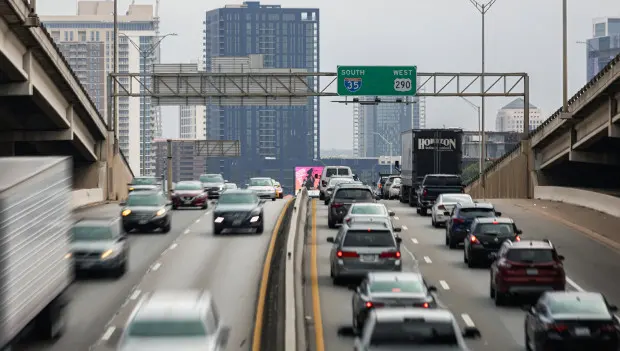
Brake failure is one of the scariest and most dangerous situations a driver can face—especially if it happens on the move. Here’s a clear step-by-step guide on how to safely bring a vehicle with an automatic transmission to a stop if the brakes stop working. These rules apply to traditional automatics, automatics with manual mode, and CVTs.
1) Signal and stabilize the car
Immediately switch on your hazard lights, honk if necessary, and keep both hands firmly on the wheel. Scan ahead for an open shoulder, turnout, or uphill stretch where you can steer. Clear signaling and predictable steering give other drivers time to react and reduce the risk of a collision.
2) Check for any “residual” braking
If the pedal feels spongy or sinks to the floor, pump it rapidly—sometimes this briefly restores pressure in the system. If there’s no effect, move on to engine braking and the parking brake.
3) Cut engine power
Lift off the accelerator right away. If the car keeps accelerating (for example, if the throttle sticks), shift into Neutral (N) to disconnect the engine from the wheels. Do not shift into Reverse (R) or Park (P) while moving—this can destroy the transmission and make you lose control.
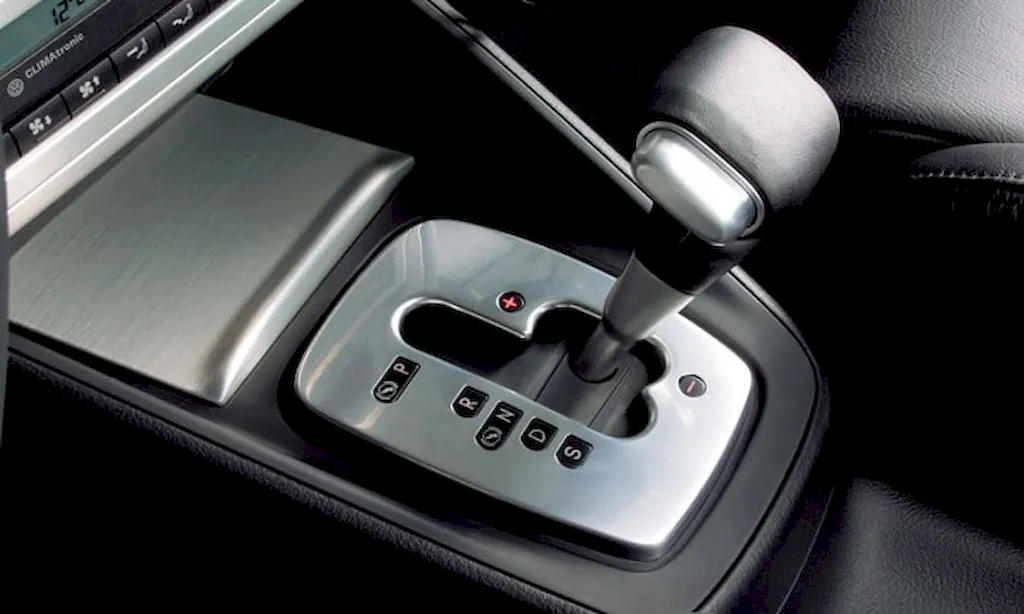
4) Use engine braking
If your car has a manual mode (M/±), downshift step by step to raise engine RPMs and slow the car. On a standard automatic, move the selector from D into 3/2 or L. On a CVT, switch to L. Do this smoothly to avoid over-revving the engine. Engine braking is one of the most effective ways to reduce speed without hydraulic brakes.
5) Apply the parking brake gradually
Use the handbrake or electronic parking brake carefully and progressively. Hold the lever/button partway if possible to create steady braking force without locking the rear wheels. Pulling the brake suddenly at high speed can cause the car to spin.
6) Use the road to your advantage
If space allows, aim for an uphill grade to naturally slow the vehicle. On flat ground, you can carefully scrub speed by brushing against a curb, snowbank, or divider—any safe barrier that can bleed off momentum.
What NOT to do:
-
Don’t switch off the ignition completely—you may lose power steering and power brakes, and in some cars the steering wheel could lock.
-
Don’t slam the gear selector into P or R—you risk severe damage and loss of control.
-
Don’t yank the parking brake all at once—this could send the car into a skid.
Once stopped, secure the vehicle: switch to Park, apply the parking brake, shut off the engine, and set up an emergency warning triangle. Do not attempt to continue driving. Remember: operating a vehicle with faulty brakes is strictly unsafe and illegal.
You may also be interested in the news:

If Zodiac Signs Were Cars: The All-Wheel-Drive Horoscope That’ll Take You Places
Or: Why This Horoscope Smells Like Gasoline, Personality, and a Little Bit of Therapy
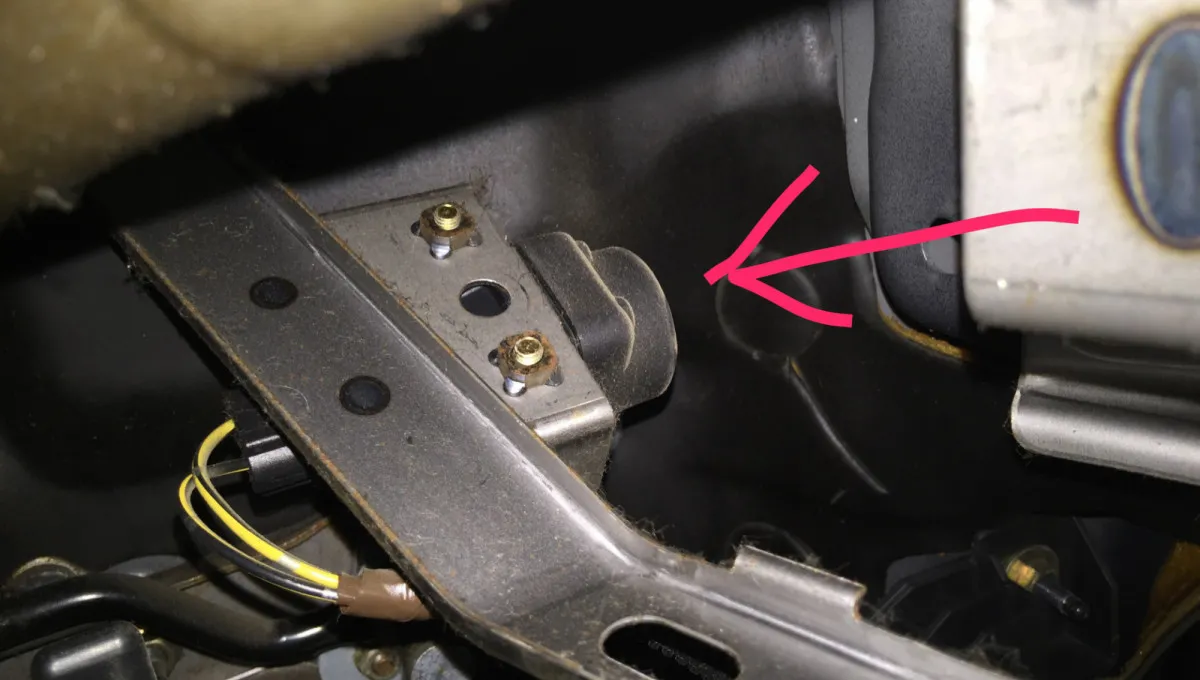
Mystery Button Hidden Under Most Car Dashboards — And Why So Many Drivers Don’t Know It Exists
Modern cars are packed with features and buttons whose purpose can be surprisingly hard to guess.
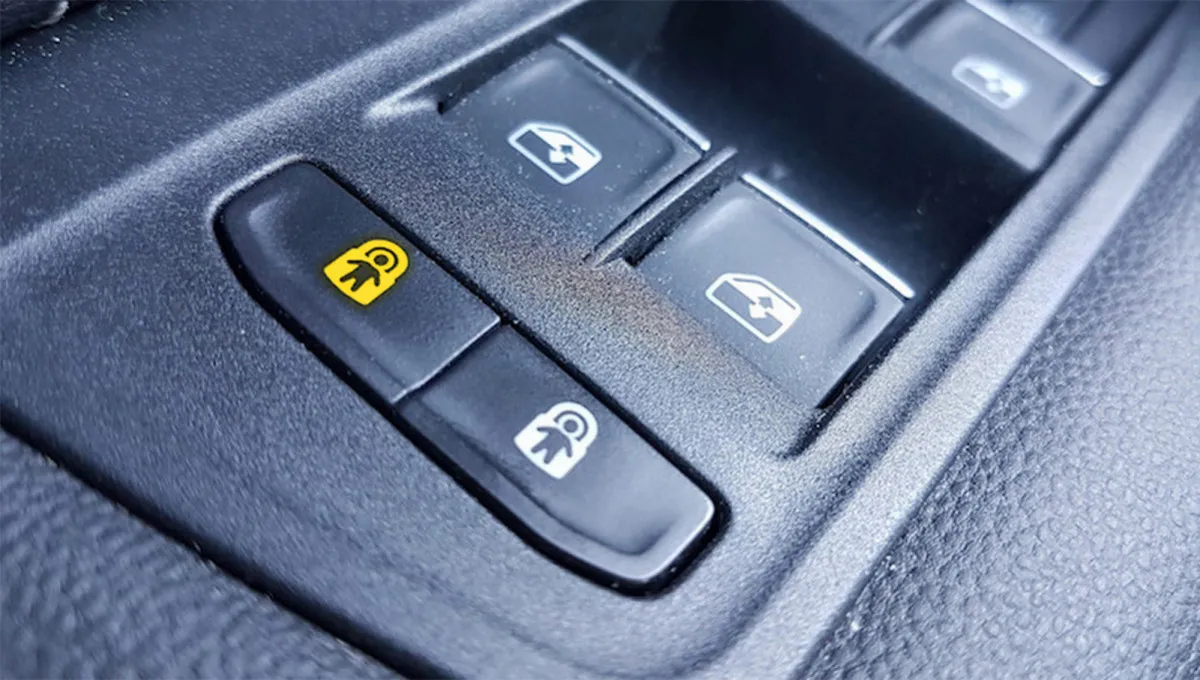
Astronaut Button: What This Mysterious Car Feature Actually Does
Some functions in a modern car make sense only after digging into the owner’s manual — and this little button is a perfect example.
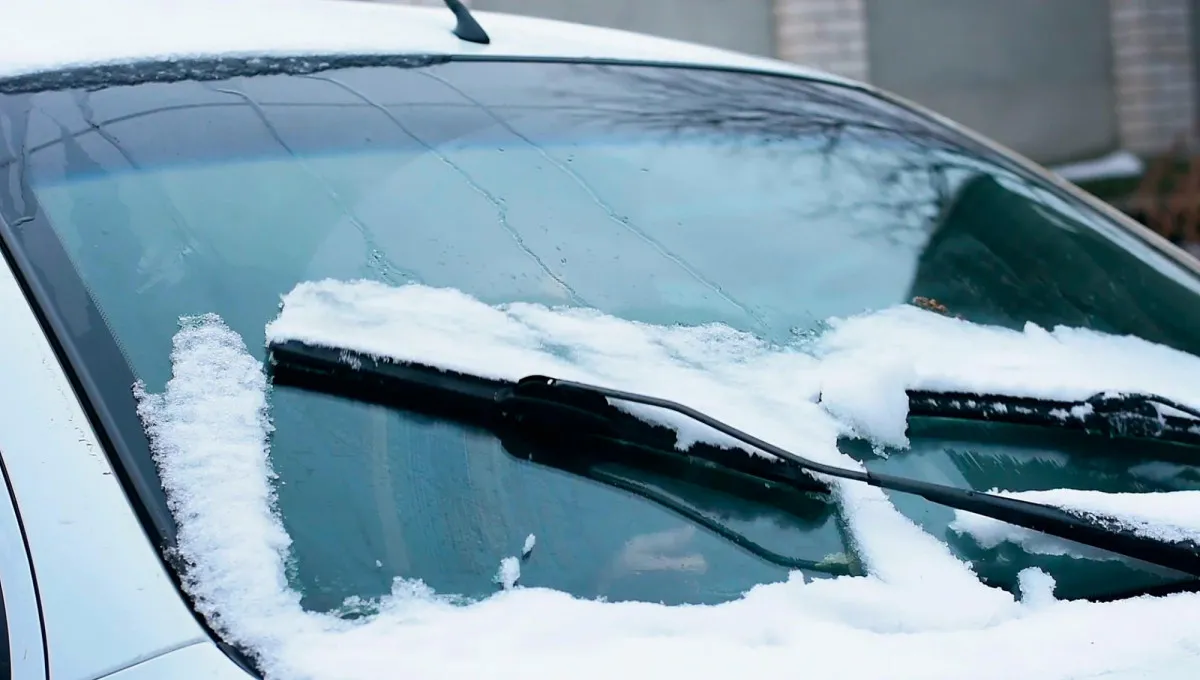
How to Activate Your Wipers’ “Winter Mode” — and Why It Exists
Many drivers can’t help wondering: is this a bug or a feature?

How to Protect Your Windshield from Ice: Helpful Tips and Personal Experience
How can you make sure your car’s windshield doesn’t turn into a sheet of ice overnight?